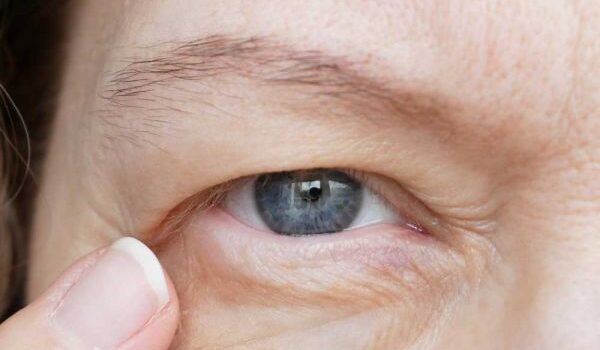
It is well-documented within academia that patients suffering from droopy eyelids — either ptosis (the upper lid) or ectropion (the lower lid) — often also manifest (sometimes extreme) cases of depression, anxiety, and body dysmorphia. For doctors like Myron Tanenbaum, who performs corrective plastic surgery in Miami, FL., this is a troubling trend; one that can only be improved through education and action.
Understanding the Symptoms
As it stands, eyelid procedures (most often the anti-aging operation blepharoplasty) constitute some of the most requested cosmetic surgeries in the world, leading in countries like South Korea and America. We mentioned two of the most common eyelid maladies affecting people today. Let’s take a moment to find out more about them and their symptoms.
Ptosis
Starting at the top, Ptosis is a condition affecting the upper eyelids, causing them to become heavy and fold or droop over the top of the eye. In extreme cases, the skin may even cover the pupil entirely.
- It has been known to affect children (about 1 in 850 births) and must be treated early in order to avoid a lazy eye or other permanent vision problems.
- It can be caused by injury to the nerves of the eyelid, as well as aging and the natural weakening of those muscles. Ptosis is also a side effect of a stroke or the presence of tumors in or around the eye.
- Additional symptoms include extremely dry or, conversely, extremely watery eyes, as well as the aforementioned tired, drooping of the face. Migraines can also accompany ptosis.
For decades, Dr. Tanenbaum has been conducting ptosis plastic surgery in Miami, FL., and is one of the state’s leading surgeons in the matter. Nearly 100,000 eyelid surgeries were conducted in South Atlantic states like Florida in 2020, alone. These doctors get plenty of opportunities to hone their abilities.
Ectropion
Ectropion, a lower eye malady, is when the inner eyelid turns outwards and droops down. This leaves the inner surface of both the eye (the part usually covered by the lid) and the eyelid itself exposed to the elements.
- In most cases, this affects elderly adults but has manifested very rarely in early adults as well.
- Normally, it only affects one area of the lower lid, causing a partial turn outward. In more extreme cases, the entire eyelid will be exposed.
- Because tears can no longer drain properly under the lower lid, symptoms include watery eyes followed by extreme dryness, irritation, and sensitivity of the normally covered parts of the eye to the light.
Much like ptosis, the symptoms should be unmistakable and a clear sign that it’s time to consult a doctor about cosmetic surgery. Dr. Myron Tanenbaum, who specializes in lower lid procedures as much as upper lid, has been correcting ectropion for over 40 years.
